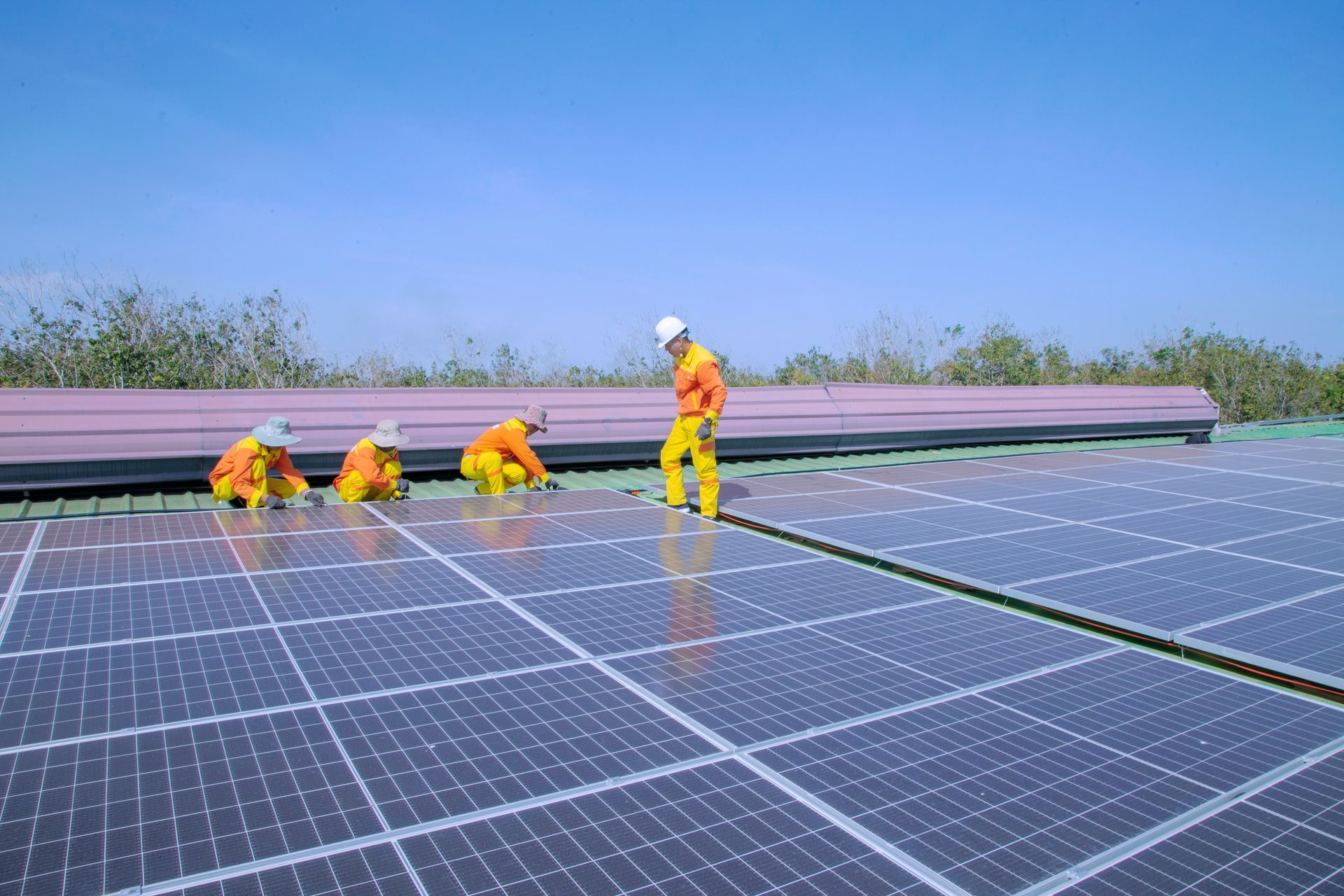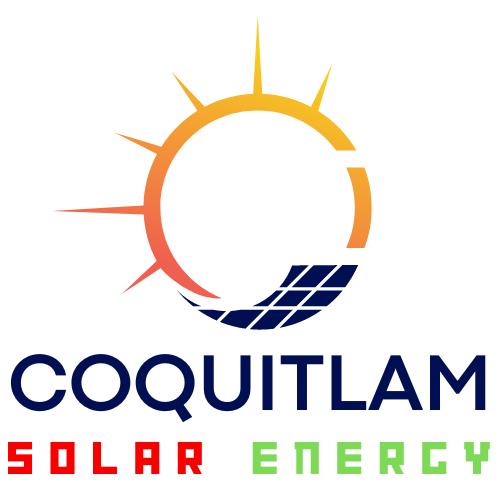Site Assessment for Residential Solar Installation
The demand for residential solar installations is skyrocketing, and for good reason. Not only do solar panels help lower your electricity bills, but they also reduce your carbon footprint.
But before you go ahead and turn your rooftop into a mini power station, there’s a crucial step you can't afford to skip: a comprehensive site assessment.
In this blog post, we’ll take you through the details of site assessment for residential solar installations. You'll learn from "solar system contractors near me" that proper site assessment ensures you get the most energy and worth of your money.
Site Assessment Before the Solar Panel Installation for Home Upgrade
A poorly oriented roof captures insufficient sunlight, or a tree casts a long shadow over your home for a significant part of the day. In either case, solar panels would not be effective or practical.
Why Site Assessment is Important
- Risk Mitigation
It's the foundational step for your solar journey, pinpointing any issues that could make your project unfeasible. This includes problems like excessive shading or limited space.
- Cost-Benefit Analysis
Knowing your site's limitations and advantages helps you gauge whether the investment in a solar installation will offer a reasonable return. You can only map out your financial projections with this crucial data.
Long-Term Implications on Energy Production and ROI
Maximized Efficiency
Proper site assessment ensures your solar panel system is configured for maximum energy capture, leading to higher efficiency and greater savings on your energy bill.
Accelerated ROI
The quicker your system produces energy at optimal levels, the sooner you'll recoup your initial investment. This makes your solar installation profitable in a shorter time.
Future-Proofing
It gives you confidence that your system will be efficient not just upon installation but for many years.
How Proper Site Assessment Ensures Optimal Energy Production
A good site assessment is your shortcut to a high-performing solar system. The process examines the roof's orientation and tilt, potential shading issues, and available space. The goal is simple: maximize energy production.
Risks of Skipping the Assessment
- Lower Energy Yield
You could install panels in shaded or poorly oriented areas, resulting in less energy captured and fewer savings.
- Financial Loss
Inefficient setups can prolong the period it takes for your solar system to become profitable, making your investment less worthwhile in the long run.
Factors Considered During Site Assessment
1. Roof Orientation Roof Tilt
According to CNET, Gilbert Michaud, an assistant professor at Loyola University Chicago's School of Environmental Sustainability, states that for optimal sun exposure in the Northern Hemisphere, your
solar panels should ideally face south.
This orientation allows maximum electricity generation for a day compared to any other direction. A north-facing roof is usually the best option in the southern hemisphere.
2. Roof Tilt
The angle at which your solar panels are tilted can significantly impact their ability to collect sunlight. It ensures that the panels face the sun as directly as possible, especially during peak solar hours.
General Guidelines:
Tropical Regions
A tilt near the latitude or slightly less is often recommended.
Temperate Zones
A tilt angle equivalent to the latitude or slightly more can yield better results.
Cold Climates
A steeper tilt angle can help capture the lower-hanging winter sun and allow snow to slide off the panels.
3. Shading
Shading can drastically reduce the efficiency of your solar panels. Even a small shade area can impact the system because solar cells are connected in series.
- Seasonal Variations
A good site assessment will account for these seasonal changes to ensure optimal year-round performance.
- Partial Shading Consequences
Even partial shading, such as from a tree branch, can cause a significant drop in energy production. The solar cells in shaded areas become less active, reducing the system's performance.
4. Available Space
You need enough unobstructed space on your roof to accommodate the desired number of panels. More panels mean more energy production, but they also require more space.
- Limiting Factors
Objects like HVAC systems, antennas, or chimneys can reduce the usable space on your roof for solar panels. The site assessment needs to account for these to ensure an efficient layout.
Tools for Site Assessment
There are tools designed specifically to make this process more accurate and convenient. These include:
1. Solar Path Calculators
Shade Analysis Tools Online Solar Maps
A solar calculator helps you understand how the sun moves across the sky at your specific location throughout the year. To use, just input your geographical coordinates or location into the calculator. The tool then generates a solar path chart that shows the sun's trajectory.
2. Shade Analysis Tools
Types of Tools:
Handheld SunEye Devices
They can be placed on your roof to capture a 360-degree skyline view, identifying potential obstructions.
Software Solutions
Some digital tools use satellite images and 3D modelling to evaluate shading conditions.
3. Online Solar Maps
Online solar maps show average solar radiation, possible energy yield, and other useful metrics based on existing weather and solar data. These maps offer a snapshot of your location's solar potential. These could be more accurate than other resources, but they are a good starting point when considering whether to conduct a more thorough analysis.
The Site Assessment Process
Understanding the steps involved in a site assessment can help you better navigate this crucial phase of your solar installation journey. Below is a breakdown of what you can expect.
1. Roof Assessment
Assessment Criteria
- Roof Condition
- Material
- Load-bearing Capacity
Measures for Roof Suitability
You would need to undertake repair work, strengthen the roof structure, or even choose a different type of solar panel that’s better suited for your roof material.
2. Shading Analysis
Tools and Methods
- Handheld SunEye Devices
- Software Solutions
Considerations
Shading analysis not only looks at immediate obstructions but also considers potential future obstructions like growing trees or new buildings, along with seasonal variations.
3. Sun Path and Solar Access
Understanding how the sun traverses the sky over your property helps you position the panels to get the most direct sunlight possible, optimizing energy capture.
Calculating Solar Access
Solar path calculators help you quantify how much sunlight is available at different times of the day and year, enabling you to optimize panel position for maximum solar access.
Common Challenges in Site Assessment
- Roof Repairs and Modifications
- Local Building Codes and Permits
- Micro-shading Issues
- Seasonal Variations

Start Scouting for Solar Power Installation Companies
Keep this vital step to a more sustainable and energy-efficient home. Consult a qualified solar system contractor who can provide a comprehensive site assessment tailor-made to your property's unique characteristics. A well-planned solar installation is an investment in a more sustainable future.
As you resort to looking for a “solar system contractors near me,” Coquitlam Solar Energy is your perfect partner for your home solar installation needs. Give us a call today.
CONTACT
Telephone: 604-337-1958
E-mail: info@coquitlamsolarenergy.ca
LOCATION
Coquitlam, BC V3B 0A4, Canada
Coquitlam Solar Energy | All Rights Reserved | 2023
